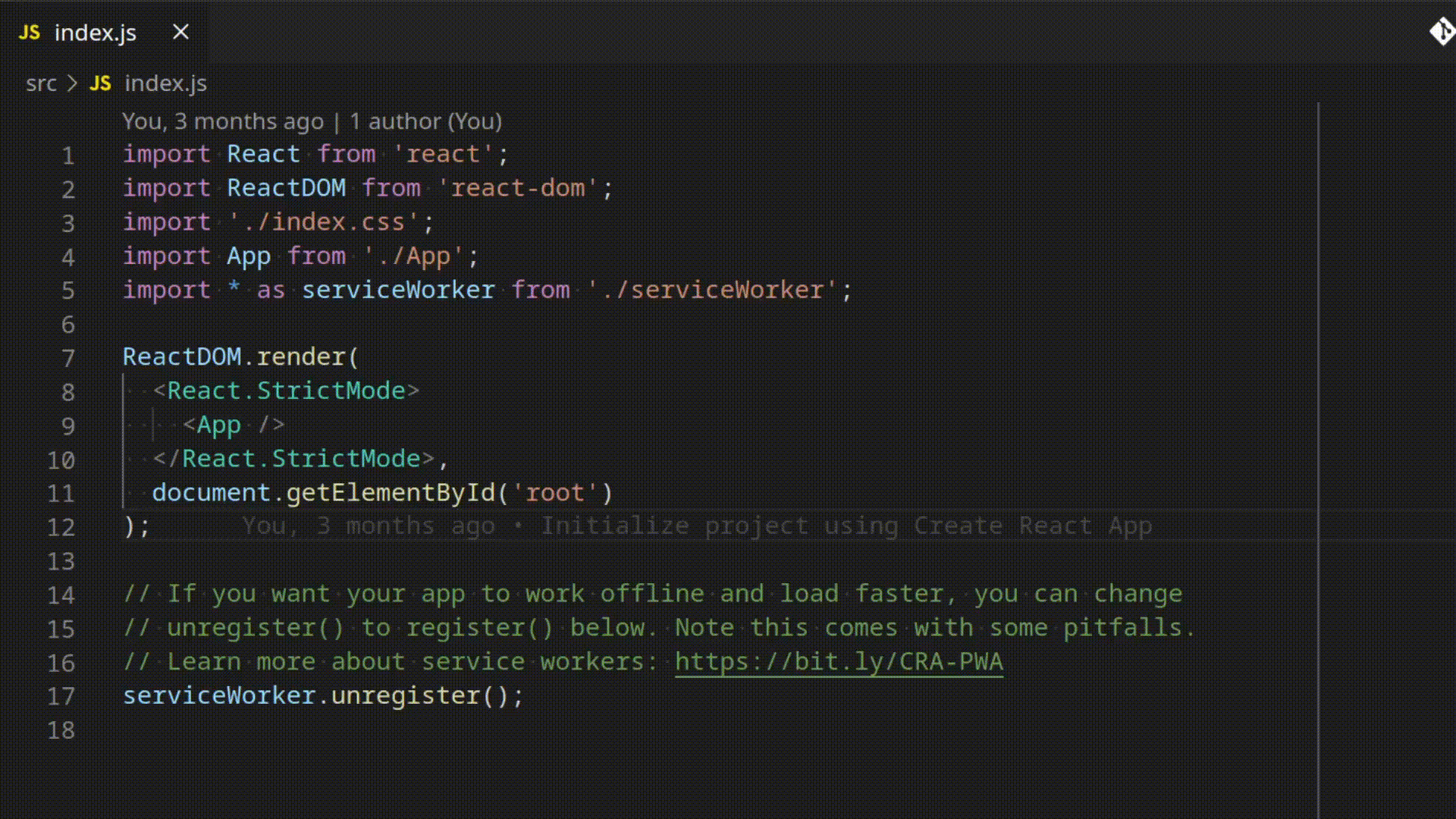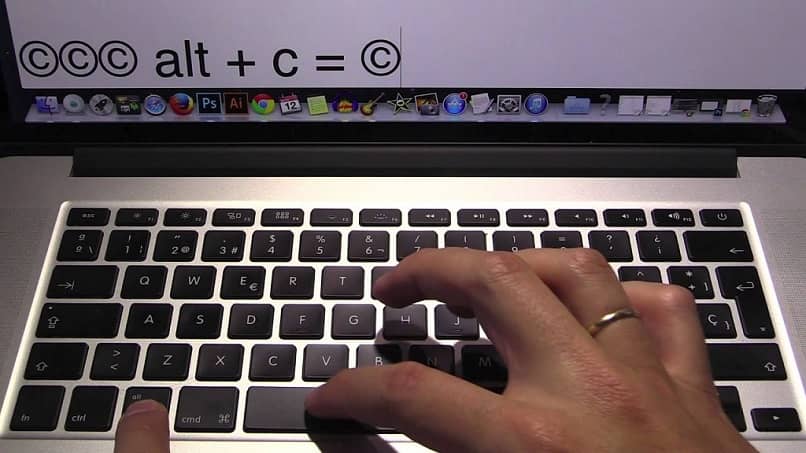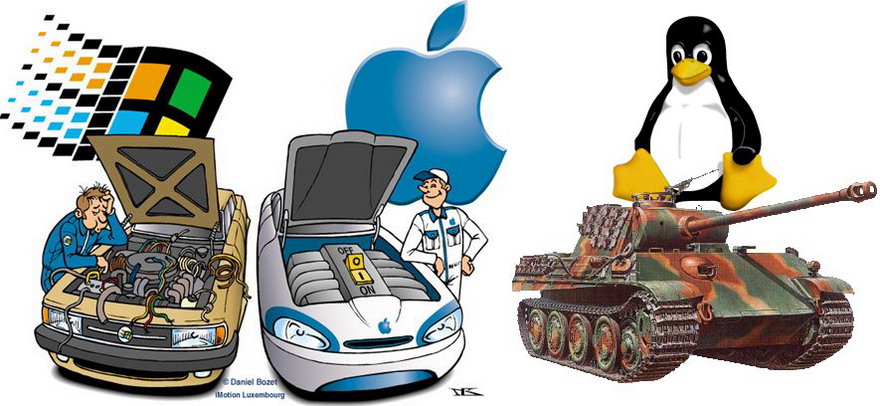
Despite my frequent use of Linux, I recommend switching to a USB keyboard, mouse, and trackpad on my iMac. As long as you use a free distribution, such as Ubuntu, Linux Mint, Fedora, or others, you can use an old Mac to continue using it. For a limited time, you can install Linux on an Apple Mac computer and replace it. A MacBook Pro with an old distribution such as Gentoo Linux is a good choice. You can create a bootable Linux drive on your Mac. If your Mac computer is still turned on, simply disable Linux on it.

How can I install Linux on an old MacBook Pro? The Systran Box is where I store my papers. If you’re not sure where to start, there are plenty of resources available online to help you get started. Installing Linux on an old Macbook can give it new life and allow you to use it for tasks that you may not have been able to do before.

If you decide that you like Linux, you can then install it permanently on your Macbook. The easiest way is to use a live CD or USB drive, which will allow you to try Linux without making any changes to your Macbook. If you’re interested in trying Linux on your old Macbook, there are a few different ways to go about it. One of the most popular alternatives to macOS is Linux, an open-source operating system that can be installed on any computer. However, there are some drawbacks to using a Mac, such as the high price tag and the lack of support for certain software. We were wondering, whether there is another way? We also think about getting the HDD out and install the OS directly there, however EFI will still not recognize GRUB.Macs are known for their seamless integration with Apple products and services. We have used dd to copy bootable USB to a partition and boot from there with rEFIt, without success. When we select "install ubuntu" screen goes black and we do not have any reaction and need to restart the Mac. Here finally we have managed to see GRUB Loader, where we have 4 options (try ubuntu, install ubuntu, hardware (for manufacturers). In this case we see 2 options by the rEFIt/rEFInd: So we have tried the instruction on this ( ) website, where we basically have created a BIOS Bootable Partition and expected to be able to boot Ubuntu Bootable USB with rEFInd, without success. We have tried rEFIt and rEFInd, where we could not boot and got the following error: "No bootable device"

We have 2 extra problems: Optical disk drive does not work, keyboard is broken so he uses Apple's wireless keyboard (which actually works even outside of OS).īootable Ubuntu USB, which did not boot on Mac (by pressing Alt key continiously) However as you might know, installing Linux on Mac can be a pain in the *** (self censor :)). Me and my friend decided to use his Macbook Pro 3.1 (Intel Core 2 Duo A1226) as a dedicated server for personal purposes.


 0 kommentar(er)
0 kommentar(er)
